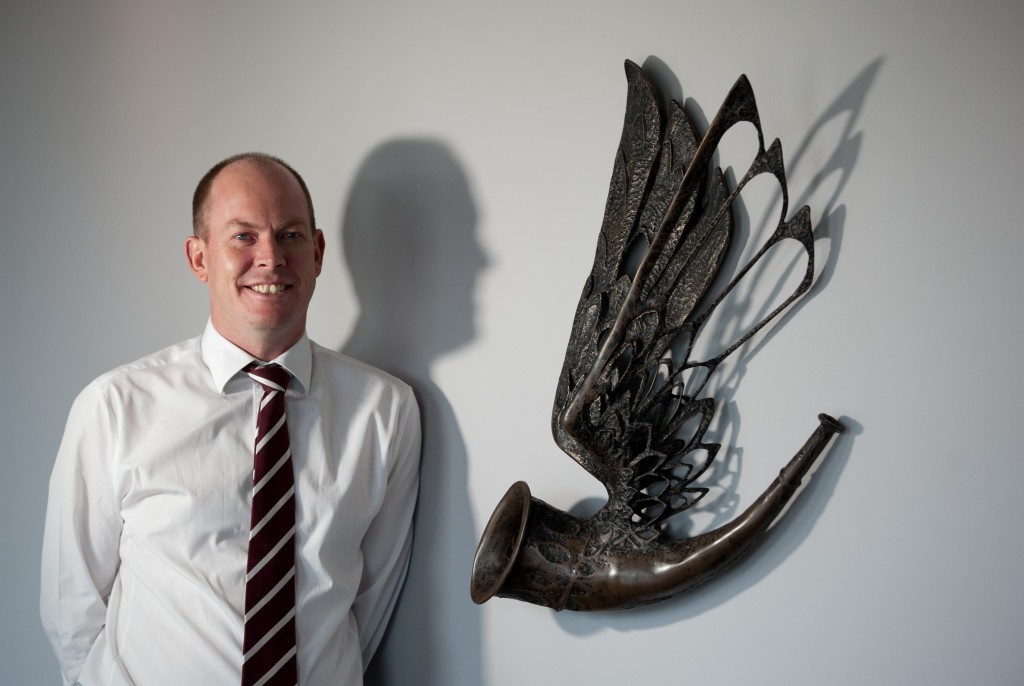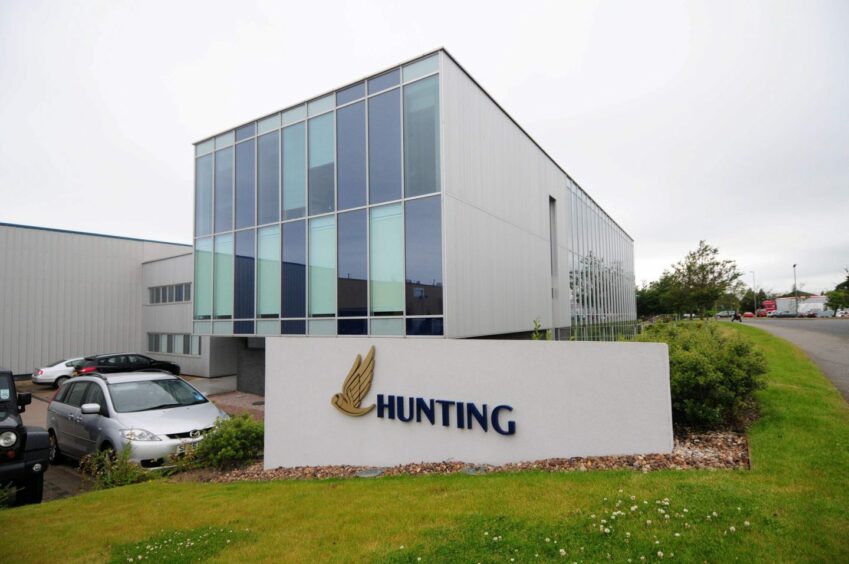
Following solid Q3 results oilfield supply chain firm Hunting is looking to M&A and global subsea growth to help reach a $2bn revenue target by the end of the decade.
The London-listed group (LON:HTG) issued a robust Q3 update in late October, celebrating a $60 million order for titanium stress joints with an unnamed in South American operator.
Speaking with Energy Voice in the wake of the results group finance director Bruce Ferguson confirmed the subsea order was bound for Guyana – which remains a hive of activity as Exxon Mobil pursues up to six floating LNG developments.
“It’s a massive development, there’s a lot of companies sending lots of products down there, so that was really good to see,” he said.
Meanwhile the wider global market appears to show an uptick with company maintaining its EBITDA guidance of between $96-100 million for the year – “basically double what we saw in 2022,” Mr Ferguson noted.
That should position Hunting to end the year with zero debt, as it also follows through with plans to grow its dividend by an average of around 10% per year until the end of 2030 and reach $2 billion in annual sales by the same date.
M&A targets
En route to that is a $1.3bn revenue target for 2025. “We’re confident we’re going to get to that number,” Mr Ferguson affirmed.
Despite a “slight softening” of the US land market he said the US businesses were holding steady, though added: “Very much one of the key themes of the Capital Markets Day was that we’re no longer just tied to US rig counts.
“We’re very well positioned for that international offshore subsea cycle that we’re going to see over the next few years and we’re making good progress in terms of a non-oil and gas transition, primarily into the geothermal markets where we’re seeing tenders coming out of the United States and elsewhere around the globe.”
That’s further aided by an order book of $500m and around $1 billion dollars of tenders currently out the market, all of which “gives us confidence about not just 2023, but 2024-25,” he continued.
At the same time, Hunting is looking increasingly at supply tubulars and equipment for carbon capture and geothermal projects where interest is also picking up.
There is further scope for diversification growth in its advanced manufacturing group, where high-grade electronics designed for downhole operations are increasingly being sought for aerospace, aviation and military applications.
Further growth could come from M&A.
“We’ve talked around $280m worth of acquisitions over the period from 2023-25, primarily in the subsea space, maybe in the intelligent completion space as well. So that will augment our revenues at the same time,” added Mr Ferguson.
Asked what businesses the company might target, chief executive Jim Johnson remained optimistic but tight lipped on prospects for next year.
“We’re pretty specific on what we’re looking for as far as technology, geographic presence and the like.
“We’re looking at some things now and we hope to do some deals within the next year, but it’s one of those things you can never predict.”
That has been aided by a post-COVID settling in markets and in company performance which has further enhanced a buyers’ market with “more candidates, but still sensible valuations.”
And in the US, he sees little impact to the company from the recent spate of mega-mergers, having longstanding relationships with all the players involved. “I think that those transactions, if anything, are a vote of confidence in the future of the oil and gas industry,” he added.
Oil co’s ‘long memories’
Looking to the UK – where Hunting operates two facilities at Fordoun and Badentoy, Aberdeenshire as well as its London HQ – Mr Johnson was more sanguine on the implications of windfall taxes which had clouded the outlook earlier in the year.
“I feel a little bit better today since the licencing round went out and I think that considering assets have been wound down in the region, our existing assets there are pretty well placed to benefit from that,” he said.
“I’m still not over-optimistic on the UK sector because I think that oil companies have long memories and when you can’t predict [policy] and there’s no steady stream, that uncertainty doesn’t play well into development and growing activities.
“But I’m definitely more positive today.”
The primary market for its UK facilities has also changed in recent years.
“We’ve still got two facilities in the UK and two in Holland,” Mr Ferguson said. “And over 50% of that business is going international – so it’s not the UK that’s driving and keeping the factories busy, it’s places like Middle East, it’s threading work for Brazil offshore.”
The company has faced significant headcount reductions in recent years, with Mr Ferguson noting UK staffing had fallen from previous highs of 400, but is now growing again and stands at around 170 today.
“That’s the level of magnitude of reduction we had to make given the activity levels in the UK, but that figure is up 10% year-on-year, so that’s a positive,” he added.
Mr Johnson hopes the company may eventually source around a quarter of its business from non-oil and gas sources, but for now its conventional markets are growing – “I’m happy for both of them as long as they’re growing within the right direction,” he added.
“We are very focused on looking at non-oil and gas activities.
“But I’ll tell you that 10 or 20 years from now Hunting will still be oilfield service company and in those areas, just because of our unique offering and the technology that we bring to the industry.”
Recommended for you

 © Supplied by DCTMedia
© Supplied by DCTMedia